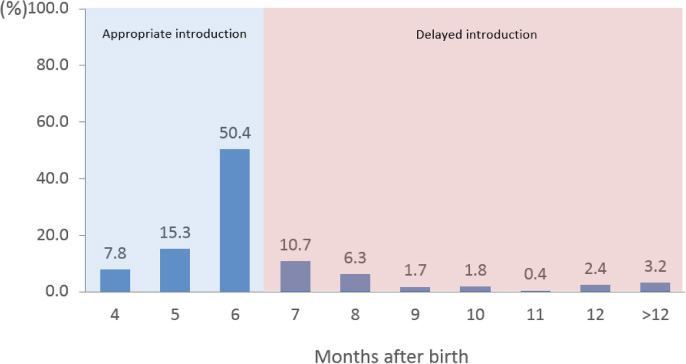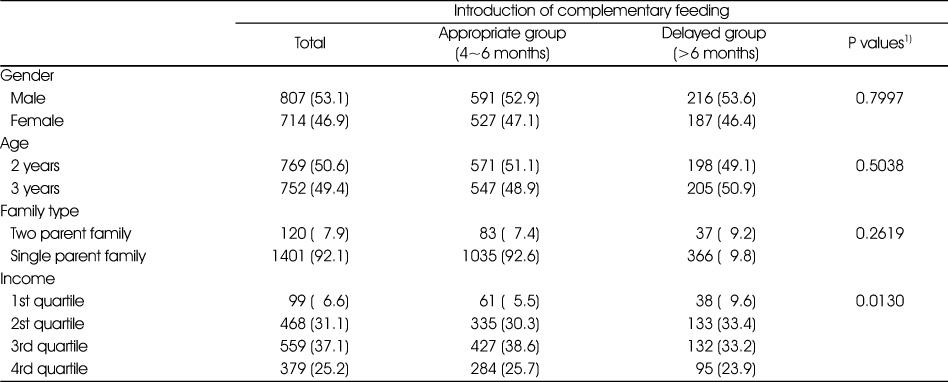References
1. American Academy of Pediatric Dentistry Clinical Affairs Committee. Policy on early childhood caries (ECC): classifications, consequences, and preventive strategies. Pediatr Dent 2008;30(7):40–43.
2. Selwitz RH, Ismail AI, Pitts NB. Dental caries. Lancet 2007;369(9555):51–59.
3. Pitts N, Harker R. Obvious decay experience children's dental health in the United Kingdom 2003 London: Office for National Statistics; 2004.
4. Filstrup SL, Briskie D, da Fonseca M, Lawrence L, Wandera A, Inglehart MR. Early childhood caries and quality of life: child and parent perspectives. Pediatr Dent 2003;25(5):431–440.
5. Low W, Tan S, Schwartz S. The effect of severe caries on the quality of life in young children. Pediatr Dent 1999;21(6):325–326.
6. Ministry of Health and Welfare. 2015 Korean children's oral health survey Sejong: Ministry of Health and Welfare; 2015.
7. Davies GN. Early childhood caries-a synopsis. Community Dent Oral Epidemiol 1998;26(S1):106–116.
8. Berkowitz RJ. Causes, treatment and prevention of early childhood caries: a microbiologic perspective. J Can Dent Assoc 2003;69(5):304–307.
9. Feldens CA, Giugliani ER, Vigo A, Vitolo MR. Early feeding practices and severe early childhood caries in four-year-old children from southern Brazil: a birth cohort study. Caries Res 2010;44(5):445–452.
10. Chaffee BW, Feldens CA, Rodrigues PH, Vitolo MR. Feeding practices in infancy associated with caries incidence in early childhood. Community Dent Oral Epidemiol 2015;43(4):338–348.
11. Chaffee BW, Feldens CA, Vitolo MR. Association of long-duration breastfeeding and dental caries estimated with marginal structural models. Ann Epidemiol 2014;24(6):448–454.
12. Chaudhary SD, Chaudhary M, Singh A, Kunte S. An assessment of the cariogenicity of commonly used infant milk formulae using microbiological and biochemical methods. Int J Dent 2011;2011320798.
13. Tham R, Bowatte G, Dharmage SC, Tan DJ, Lau MX, Dai X. Breastfeeding and the risk of dental caries: a systematic review and meta-analysis. Acta Paediatr 2015;104(467):62–84.
14. Park DH, Lee KH, Kim DE. In vitro study of cariogenic potential of infant formulas. J Korean Acad Pediatr Dent 2000;27(1):32–39.
15. Heo YW, Kim SJ, Lee KH. In vitro study of baby food and breakfast cereal as for buffering capacity, acid production by Streptococcus Mutans, and synthetic hydroxyapatitie decalcification. J WonKwang Dent Res Inst 1990;1(1):167–176.
16. Korea Consumer Agency. Issues and measures for baby foods Chungbuk: Korea Consumer Agency; 2000.
17. Consumers Union of Korea. Analysis of sugar and sodium contents for baby food Seoul: Consumers Union of Korea; 2015.
18. World Health Organization. Indicators for assessing infant and young child feeding practices Washington, D. C.: World Health Organization; 2010.
19. Korea Institute for Health and Social Affairs. A survey on breast-feeding in Korea Sejong: Korea Institute for Health and Social Affairs; 2016.
20. Park YH, Lee SS, Jung LH. Perception and use of weaning diets by housewives in Gwangju-Jeonnam regions. Korean J Food Cook Sci 2006;22(6):799–807.
21. Kim SO. Study on the direction for development of instant weaning food through purchase survey of feeding habit [Master's thesis] Chung-Ang University; 2012.
22. Agostoni C, Decsi T, Fewtrell M, Goulet O, Kolacek S, Koletzko B. Complementary feeding: a commentary by the ESPGHAN Committee on Nutrition. J Pediatr Gastroenterol Nutr 2008;46(1):99–110.
23. World Health Organization. Complementary feeding of young children in developing countries: a review of current scientific knowledge Geneva: World Health Organization; 1998.
24. Victora CG, Bahl R, Barros AJ, Franca GV, Horton S, Krasevec J. Breastfeeding in the 21st century: epidemiology, mechanisms, and lifelong effect. Lancet 2016;387(10017):475–490.
25. Korea Institute for Health and Social Affairs. The 2012 national survey on fertility, family health and welfare in Korea Sejong: Korea Institute for Health and Social Affairs; 2010.
26. Lee JH. A study on mothers' perceptions of weaning diets and the use of commercial weaning foods in Ulsan [Master thesis] Ulsan University; 2016.
27. American Dental Association. For the dental patient. Tooth eruption: The primary teeth. J Am Dent Assoc 2005;136(11):1619.
28. Yom HW, Seo JW, Park HP, Choi KH, Chang JY, Ryoo E. Current feeding practices and maternal nutritional knowledge on complementary feeding in Korea. Korean J Pediatr 2009;52(10):1090–1102.
29. Lee CH, Jeong TS, Kim S. A pilot survey of the state of feeding, oral hygiene care tooth eruption and caries in 18-month old infants. J Korean Acad Pediatr Dent 2004;31(4):714–720.
30. Ventura AK, Worobey J. Early influences on the development of food preferences. Curr Biol 2013;23(9):R401–R408.
31. Beauchamp GK, Moran M. Acceptance of sweet and salty tastes in 2-year-old children. Appetite 1984;5(4):291–305.
32. Wendt LK, Hallonsten AL, Koch G, Birkhed D. Analysis of caries-related factors in infants and toddlers living in Sweden. Acta Odontol Scand 1996;54(2):131–137.
33. Wan AK, Seow WK, Purdie DM, Bird PS, Walsh LJ, Tudehope DI. A longitudinal study of Streptococcus mutans colonization in infants after tooth eruption. J Dent Res 2003;82(7):504–508.
34. Zhao W, Li W, Lin J, Chen Z, Yu D. Effect of sucrose concentration on sucrose-dependent adhesion and glucosyltransferase expression of S. mutans in children with severe early-childhood caries (S-ECC). Nutrients 2014;6(9):3572–3586.
35. American Academy of Pediatric Dentistry. Guideline on periodicity of examination, preventive dental services, anticipatory guidance/counseling, and oral treatment for infants, children, and adolescents. Pediatr Dent 2013;35(5):E148–E156.








